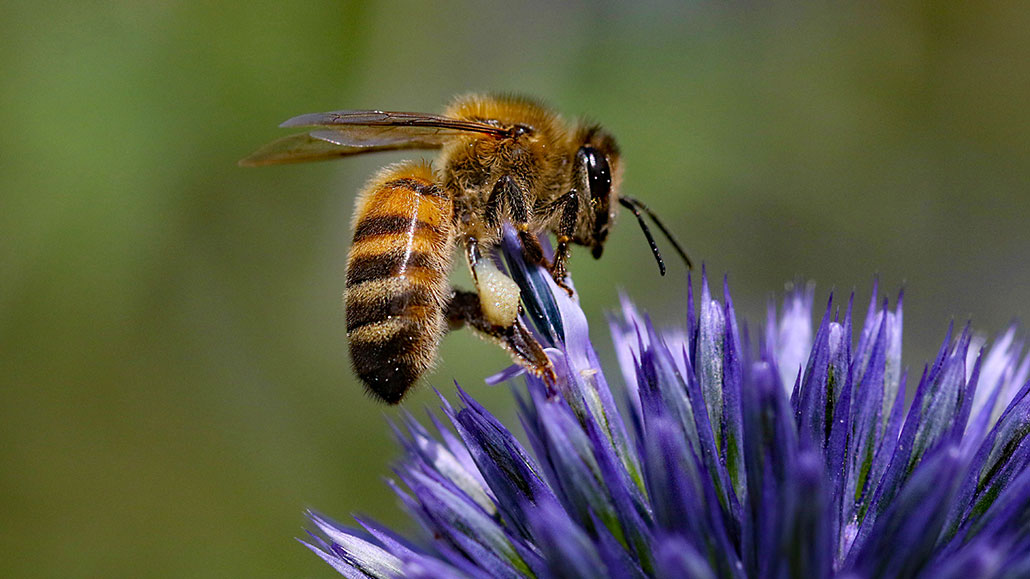Questions for “Abdominal fuzz makes bee bodies super slippery”

As a honeybee bends its abdomen, segments slide over each other like pieces of a telescope.
Susan Walker/Moment/Getty Images Plus

As a honeybee bends its abdomen, segments slide over each other like pieces of a telescope.
Susan Walker/Moment/Getty Images Plus